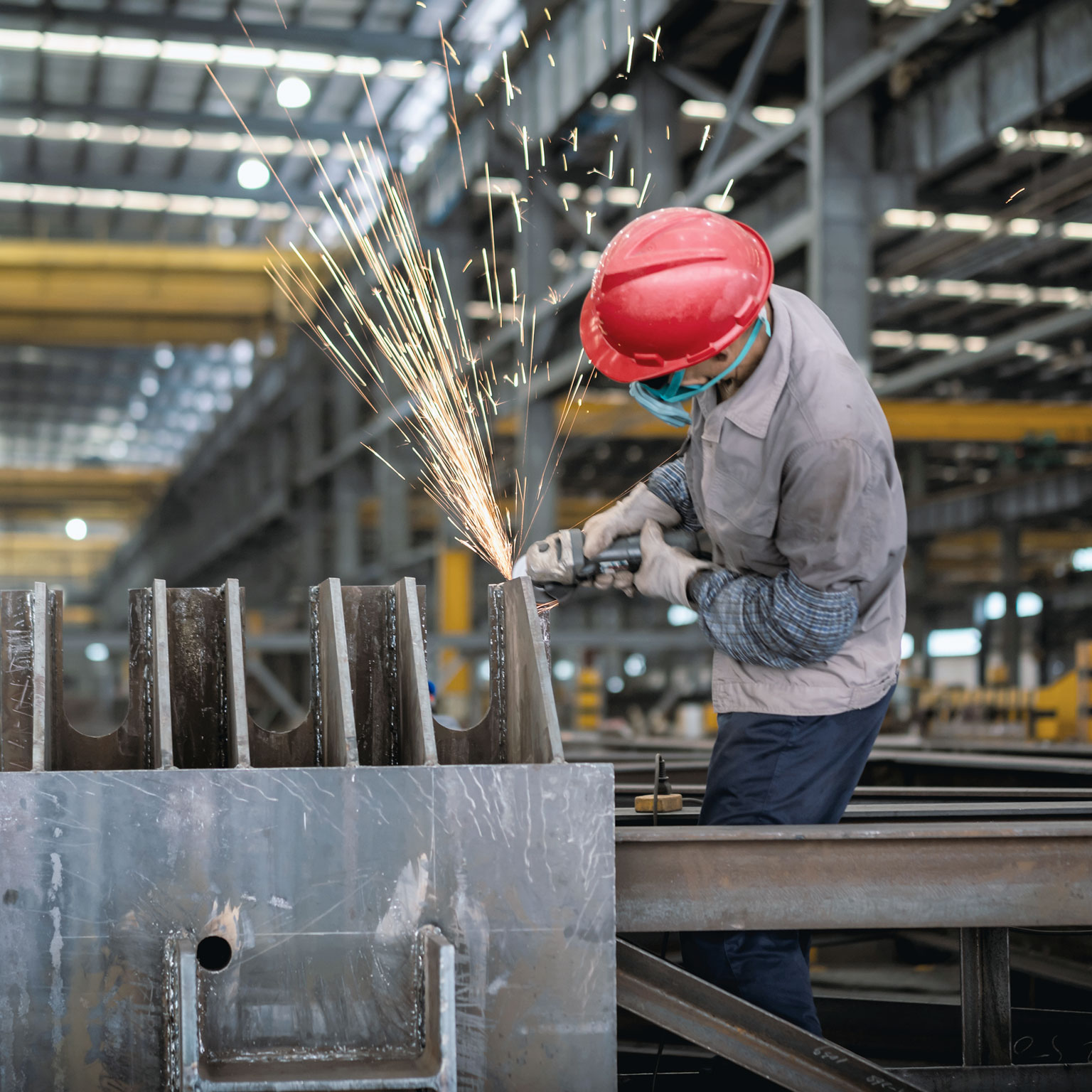
Economic Growth - Free of Charge Creative Commons Keyboard image - Source thebluediamondgallery.com
Editor's Notes: Labor-Intensive Industries: The Economic Powerhouses Of Employment And Innovation have published today date. We all know that Labor-Intensive Industries: The Economic Powerhouses Of Employment And Innovation is more important for every company, but Why? Labor-Intensive Industries: The Economic Powerhouses Of Employment And Innovation, in today's competitive market, it's more important than ever to find ways to reduce costs and improve efficiency.
Our team of experts has done some analysis, digging information, made Labor-Intensive Industries: The Economic Powerhouses Of Employment And Innovation we put together this Labor-Intensive Industries: The Economic Powerhouses Of Employment And Innovation guide to help target audience make the right decision.
Key differences or Key takeaways, provide in informative table format:
| Feature | Labor-Intensive Industries |
|---|---|
| Employment | High levels of employment |
| Innovation | High levels of innovation |
| Economic growth | Significant contribution to economic growth |
Transition to main article topics
FAQs
This section addresses common questions and misconceptions surrounding labor-intensive industries, highlighting their crucial economic contributions. Labor-Intensive Industries: The Economic Powerhouses Of Employment And Innovation

Fábricas con uso intensivo de mano de obra y analítica intensiva para - Source www.mckinsey.com
Question 1: What are the key characteristics of labor-intensive industries?
Answer:
Labor-intensive industries are characterized by a high proportion of labor costs relative to other input costs. They typically involve manual labor, skilled craftsmanship, or personalized services, requiring significant human intervention. Examples include manufacturing, construction, healthcare, and hospitality.
Question 2: How do labor-intensive industries contribute to economic growth?
Answer:
Labor-intensive industries generate substantial employment opportunities, providing income and livelihoods to a large workforce. They foster innovation by encouraging the development of labor-saving technologies and efficient production methods. Moreover, these industries often support supply chains and ancillary businesses, creating a multiplier effect on economic activity.
Question 3: Are labor-intensive industries only found in developing countries?
Answer:
No. While labor-intensive industries are prevalent in developing economies where labor costs are lower, they also exist in developed nations. However, in advanced economies, they tend to be concentrated in specific sectors, such as high-value manufacturing or specialized services.
Question 4: How can labor-intensive industries adapt to technological advancements?
Answer:
Labor-intensive industries can leverage technology to enhance productivity and efficiency without displacing workers. Automation can handle repetitive tasks, freeing up human capital for more complex and creative endeavors. Digital tools can improve communication, coordination, and access to information.
Question 5: What are the challenges faced by labor-intensive industries?
Answer:
Labor-intensive industries often face challenges such as high labor costs, competition from low-wage countries, and fluctuating demand. Additionally, they may need to adapt to changing consumer preferences and technological disruptions.
Question 6: What policies can governments implement to support labor-intensive industries?
Answer:
Governments can support labor-intensive industries by investing in education and training programs that enhance workforce skills. They can provide incentives for innovation, encourage the adoption of technology, and promote policies that protect workers' rights and ensure fair wages.
By addressing these key questions, we gain a deeper understanding of the vital role that labor-intensive industries play in driving economic prosperity, innovation, and employment opportunities around the world.
Next Article Section Transition:
Tips
Labor-intensive industries are recognized for their significant contributions to employment generation and economic growth. These industries present various opportunities for job seekers and entrepreneurs alike. Here are several tips to optimize the benefits and navigate the challenges associated with labor-intensive industries:
Tip 1: Identify High-Demand Roles:
Conduct thorough research to identify occupations with high demand and growth potential within labor-intensive industries. Consider factors such as industry trends, technological advancements, and government initiatives to gain insights into job market needs.
Tip 2: Enhance Skills and Training:
Invest in skills development and training programs tailored to the specific requirements of labor-intensive industries. Acquire the necessary technical skills, industry knowledge, and soft skills to meet job demands and increase employability.
Tip 3: Embrace Innovation and Technology:
Labor-intensive industries are constantly evolving with technological advancements. Stay updated on emerging technologies and their potential impact on job roles. Utilize technological tools to improve productivity, efficiency, and workplace safety.
Tip 4: Foster a Collaborative Environment:
Encourage collaboration and teamwork within labor-intensive industries. Create a supportive work environment that facilitates knowledge sharing, problem-solving, and continuous improvement.
Tip 5: Prioritize Safety and Well-being:
Prioritize the health, safety, and well-being of workers in labor-intensive industries. Implement comprehensive safety protocols, provide adequate training, and maintain a clean and healthy work environment.
Tip 6: Leverage Government and Community Support:
Explore government initiatives and community programs that support the development of labor-intensive industries. Seek funding opportunities, training subsidies, and partnerships to enhance industry growth and employment prospects.
Tip 7: Foster Innovation and Entrepreneurship:
Encourage innovation and entrepreneurship within labor-intensive industries. Support startups and small businesses that introduce new products, services, and technologies to drive economic growth and create employment opportunities.
Summary: By implementing these tips, individuals, businesses, and policymakers can maximize the benefits of labor-intensive industries. These industries have the potential to provide decent work, promote economic prosperity, and drive innovation.
Labor-Intensive Industries: The Economic Powerhouses Of Employment And Innovation
Labor-intensive industries, characterized by high levels of human labor, serve as economic powerhouses, driving employment and innovation. These industries encompass a diverse range of sectors, each contributing to economic growth and workforce development.
- Job Creation: Labor-intensive industries generate substantial employment opportunities, providing livelihoods for millions worldwide.
- Economic Growth: By absorbing labor and resources, these industries contribute to overall economic output and value creation.
- Technological Advancement: Facing labor constraints, they often invest in automation, leading to technological advancements and productivity gains.
- Skills Development: Labor-intensive industries provide on-the-job training, enhancing workforce skills and employability.
- Income Generation: Workers in labor-intensive industries earn wages that contribute to household incomes and stimulate consumer spending.
- Regional Development: These industries often concentrate in specific regions, boosting local economies and infrastructure.
In conclusion, labor-intensive industries play a pivotal role in economic development. They create employment, drive economic growth, promote innovation, enhance workforce skills, generate income, and contribute to regional development. Understanding and supporting these industries is crucial for harnessing their economic powerhouse potential.

Energy Intensive Manufacturing Shapes Economies | Exponential Industry - Source www.doclrogers.com
Labor-Intensive Industries: The Economic Powerhouses Of Employment And Innovation
Labor-intensive industries are those that require a significant amount of human labor relative to capital investment. These industries are often characterized by low barriers to entry, low capital requirements, and a high degree of competition. As a result, they tend to be concentrated in developing countries, where labor costs are low.

Will Africa’s Industrial Revolution Be Made in China? - Source africasacountry.com
Labor-intensive industries play a vital role in the economies of developing countries. They provide employment for a large number of people, and they contribute significantly to GDP. In addition, these industries can help to develop skills and knowledge that can be used in other sectors of the economy.
However, labor-intensive industries also face a number of challenges. These industries are often vulnerable to changes in global economic conditions, and they can be heavily affected by competition from countries with lower labor costs. In addition, these industries can be associated with low wages and poor working conditions.
Despite these challenges, labor-intensive industries continue to play an important role in the economies of developing countries. By understanding the challenges and opportunities associated with these industries, policymakers can create policies that support their growth and development.
| Country | % of GDP from labor-intensive industries | Employment in labor-intensive industries |
|---|---|---|
| China | 30% | 200 million |
| India | 25% | 150 million |
| Bangladesh | 20% | 100 million |
| Vietnam | 15% | 50 million |
| Indonesia | 10% | 25 million |
